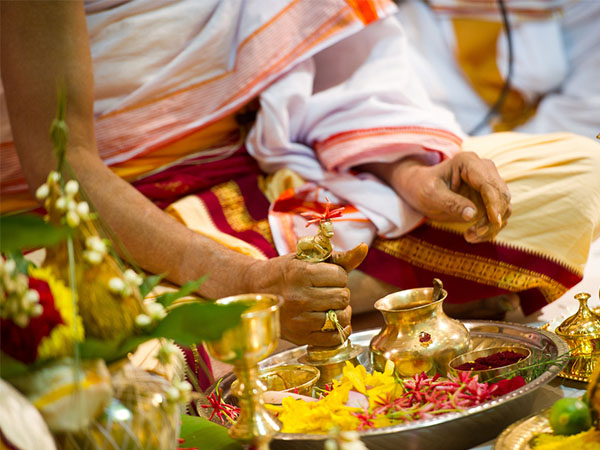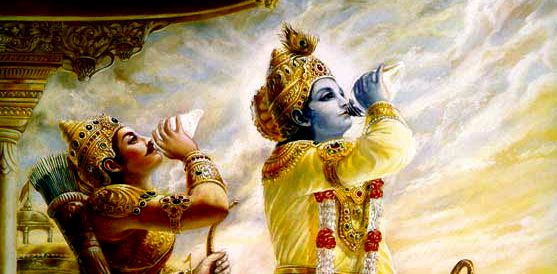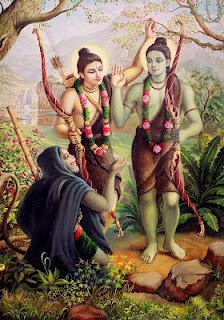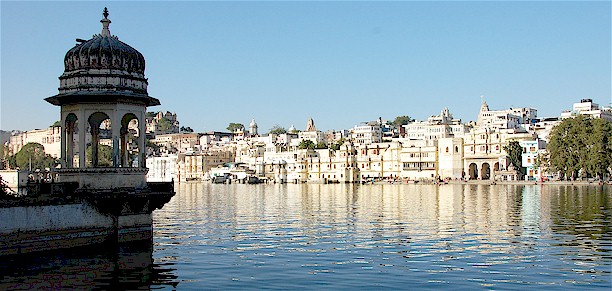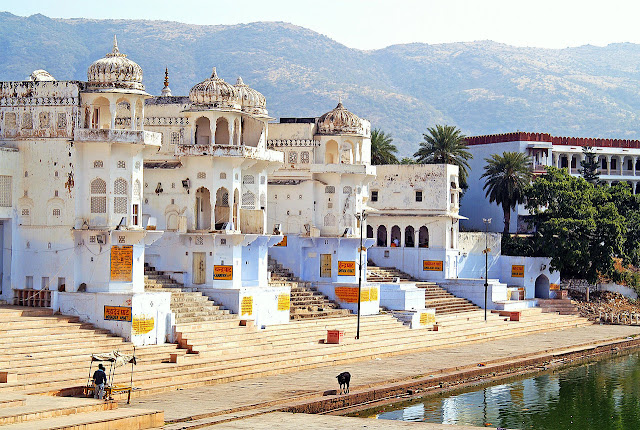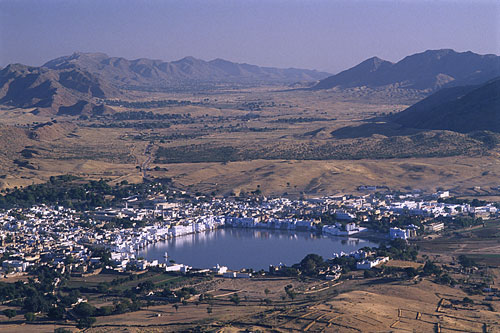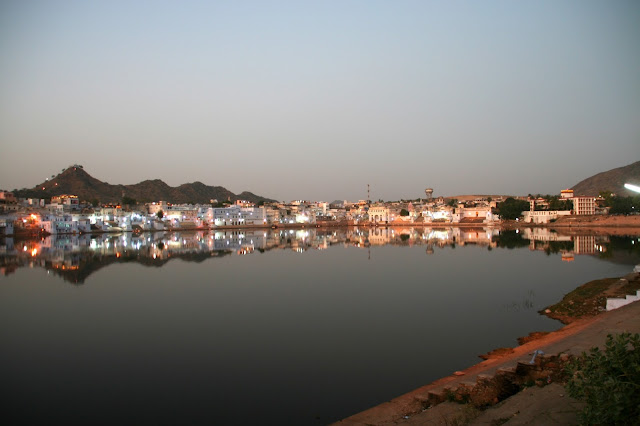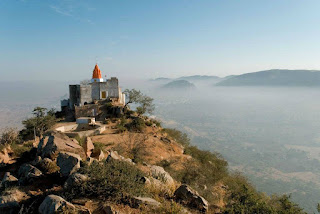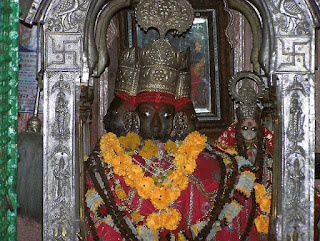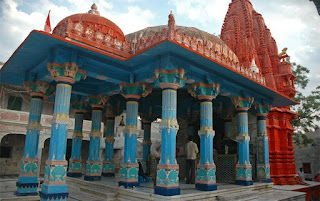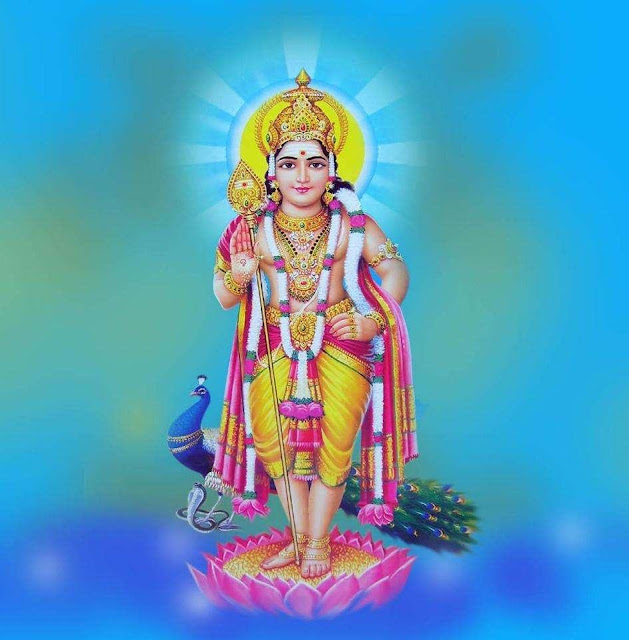 |
Royal rituals: A Mughal princess and her ladies celebrate Diwali in a palace garden with yogis and yoginis. (Photo by CM Dixon/Print Collector/Getty Images) (Print Collector/Getty Images)
|
Muhammad Shah, Mughal emperor from 1719 to 1748, paced the room, deep in thought. Dressed in a peshwaz (lady’s tunic) and pearl-embroidered mojiris, Shah had just ordered his fifth bida of paan and cup of opium-laced Shiraz from Gulab Bai, the apple of his eye.
Metres away from the royal quarters, labourers were beautifying the Rang Mahal, once the venue of Mughal festivities. Somewhere inside the fort was Nidha Mal, Shah’s favourite artist, adding finishing touches to the emperor’s new portrait that would adorn the silk scroll he planned to send out as invitations.
This would, the emperor said aloud, be a Diwali to remember.
Light on harmony
Shah was a patron of the arts, culture and luxury, and so he was also known as Rangila. And his Diwali celebrations at the Red Fort – financed by duwazdihi (donations) – were among the most exquisite since Aurangzeb, who had banned such festivities in court. It was also one of the last occasions when the Akash Diya (the Light of the Sky) would be lit. Sixteen ropes supported a 40-yard-high pole, on top of which perched a giant lamp fed by several maunds of binaula (cotton-seed oil) – it was meant to light up the durbar and all of Shahjahanabad.
Rangila’s Diwali, as Mughal historians like Munshi Fayazuddin called it, set the tone for modern-day Diwali celebrations. The emperor immortalised the grandeur by assigning artists like Mal to put the celebrations on canvas. A famous piece of art showing Rangila watching the fireworks from a decorated parapet of the Red Fort is still considered one of the finest representations of royal celebrations of that time.
But Rangila wasn’t the first to understand how this Hindu festival could become a celebration of religious harmony. Centuries before Rangila, Muhammad bin Tughlaq, who ruled Delhi from 1324 to 1351, became the first emperor to celebrate a Hindu festival inside his court. Then, Diwali meant revelry inside the harem, organised by Tughlaq’s Hindu wives, slaves and concubines. It was a modest evening of gossip and good food. And that’s how it continued – for more than a century – till the time of Babur.
But it was Babur’s grandson Akbar who insisted that Diwali become a grand festival in the Mughal court. This would, he realised, not just increase his popularity but also help the two biggest religions in India to co-exist. “He wanted to understand the religion so he could rule better. And festivals were a joyous way to know that,” wrote Abul Fazl, Akbar’s courtier, in the
Ain-e-Akbari.
Akbar also began the tradition of giving sweets as Diwali greetings. Chefs from across kingdoms cooked delicacies in the Mughal court for the occasion. The ghevar, petha, kheer, peda, jalebi, phirni and shahi tukda became part of the celebratory thali that welcomed guests to the palace.
But even so, Akbar’s Diwali celebrations seem subtle in comparison to what came later.
Big, bigger, biggest
Shah Jahan made Diwali truly resplendent. Mughal power was at its absolute zenith, and Shah Jahan had little to do except build, beautify and encourage art and culture. He incorporated parts of Navroz traditions into Diwali to make it more vibrant – and so, Diwali took the place of Navroz as the court’s premier festival.
On Dussehra, the emperor presided over the flying of the beautiful Neelkanth bird and the march of bedecked horses and elephants. But Diwali was more elaborate, it needed months of preparation. Diyas and decorations were ordered. Khansamas from across and around the kingdom were invited to rustle up delicacies. Ingredients were imported from Persia and were soaked in milk with honey, rose and saffron to make sweets. The Chappan Thal – decorated plates of sweets from 56 different kingdoms – became part of the celebrations.
Diwali would begin with a ritual royal bath: water was brought from seven holy wells and the king was given a scented bath while pandits and maulanas chanted blessings. Then the emperor, dressed in soft muslin, would visit his Hindu wives and offer prayers. Plates of sweets covered in gold and silver varq were wrapped with the finest muslin embossed with the royal seal. The emperor approved them before they were sent to the homes of his relatives and noblemen. This ritual was also followed – although subtly – by the otherwise intractable Aurangzeb.
Folklore is replete with stories of how rajas and courtiers tried to one-up each other with gifts for the king. Expensive jewellery, sweets, wines and artefacts sourced from distant countries were paraded from their homes to the Diwan-e-Aam.
Celestial light
Another ritual that marked Diwali was the traditional relighting of the Surajkrant, the empire’s permanent source of fire and light.
According to historian R Nath, the process began at noon. When the sun entered the 19th degree of Aries, the royal servants exposed a round shining stone called the Surajkant to the sun’s rays. A piece of cotton was held near the stone, which caught fire from the heat. This celestial fire was preserved in a vessel called Agingir (fire-pot). And this fire was the source of flame for the imposing Akash Diya every Diwali. Shah Jahan apparently began the Akash Diya tradition as an ode to religious harmony when he set up the city of Shahjahanabad.
Fireworks during Diwali were also a gift of the royal court. A crowd would assemble on the banks of the Yamuna to enjoy the elaborate show. Garden parties were hosted at Chandni Chowk – the market designed by Jahanara, Shah Jahan’s daughter – and traders from as far as China displayed their wares. Inside the palace, six courtyards were cordoned off from men so that the women of the harem could also enjoy the day without restrictions.
Visiting guests were treated with fruit from Kashmir, sherbets and kheel (a special sweet porridge made with gram flour and Ganga water – the Mughal court believed that those who drank the water of the Ganga would live a long, prosperous life).
During Jahangir’s reign, a dozen different varieties of sherbert, paan and falooda became part of the feast. The masala for the paan came from Golconda and Mewar, it included pellets made of pure gold and silver, and the fragrant gulkand was made inhouse. Cherries were brought from Srinagar’s Shalimar Bagh for Jehangir’s favourite falooda.
Festive feast
Classical Urdu poets such as Nazir Akbarabadi, Insha, Faiz, Hatim, Amanat Lakhnavi and others were specially commissioned to write on the Diwali celebrations.
Akbar even had the
Ramayana translated into Persian, the official court language, by Mullah Abdul Qader Badayuni. It was illustrated with 176 paintings depicting the epic, with the palace of Fatehpur Sikri as the backdrop.
On Diwali in Akbar’s court, the
Ramayana was read, followed by a play showing Ram’s return to Ayodhya. This strengthened Akbar’s empire, his biographer Abdul Fazl noted, as it helped the king bond better with his Hindu subjects, and encouraged many Muslim merchants to take part in the festivities.
 |
Fatehpuri ram setu: Akbar had the Ramayana translated into Persian and illustrated with 176 paintings depicting the epic, with the palace of Fatehpur Sikri as the backdrop. (Photo by Wikimedia Commons)
|
The merriment extended to the common people as well. The palace sent cauldrons of sherbets garnished with almonds and pistachios, which were distributed in earthen pots. Since this was also a Dussehra ritual, the Diwali sherbet was differentiated by colour: it was white, and was possibly the drink that eventually developed into thandai.
The real festivity began in the evening: the royal gates were opened to guests. The palace would be lit up with diyas, chiraghdaans (lamp stands), jhaads (hanging chandeliers) and faanooses (pedestal chandeliers, ordered from Muradabad). Old guides at Fatehpur Sikri talk about a special faanoos ordered by Jodha bai for Diwali that imitated cycles of the sun and the moon, and was placed on the top of her sun temple.
Among the more unusual traditions associated with Diwali was the ritual sacrifice of buffaloes. Nineteenth century accounts of Diwali festivities at the Red Fort say that a buffalo was killed at each of the fort’s gates, and the meat, along with bowls of sherbet and wine, was placed at the bulging bastions dotting the fort walls. Japanese historian Isami, who came to India during the Delhi Sultanate, writes about
a Taimurid tradition in which meat and wine were seen as harbingers of good fortune, victory and success.
It’s not clear whether meat was part of the feast, but under Akbar and Shah Jahan, the feast was prepared with Hindu practices. Given that Akbar had turned vegetarian by the time Diwali celebrations began in his court, there is a good chance that the chefs were asked to cook vegetarian food. Dishes such as doodh ke kebab, shakarkandi ki chaat, rajma ke galouti seekh and the famous khumbh ke tikke (mushroom patties) came to prominence around this time.
The show goes on
Even when the Mughals were reduced to titular kings, Diwali continued to be lavish. Bahadur Shah Zafar often organised plays to be performed around the theme of Diwali at the Red Fort, which was opened to public.
The Nawabs of Awadh continued the Mughal tradition of celebrating numerous Hindu festivals. The famous poet Mir Taqi Mir was commissioned to write masnavis on Diwali, which evocatively describe the festival at Nawab Asaf-ud-Daulah’s court. And with Wajid Ali Shah, Diwali came down to the streets, celebrated by both Hindus and Muslims, as they watched the opulent Rasaya, showcasing the love story of Radha and Krishna, with Diwali celebrations as the backdrop.
Source : hindustantimes
